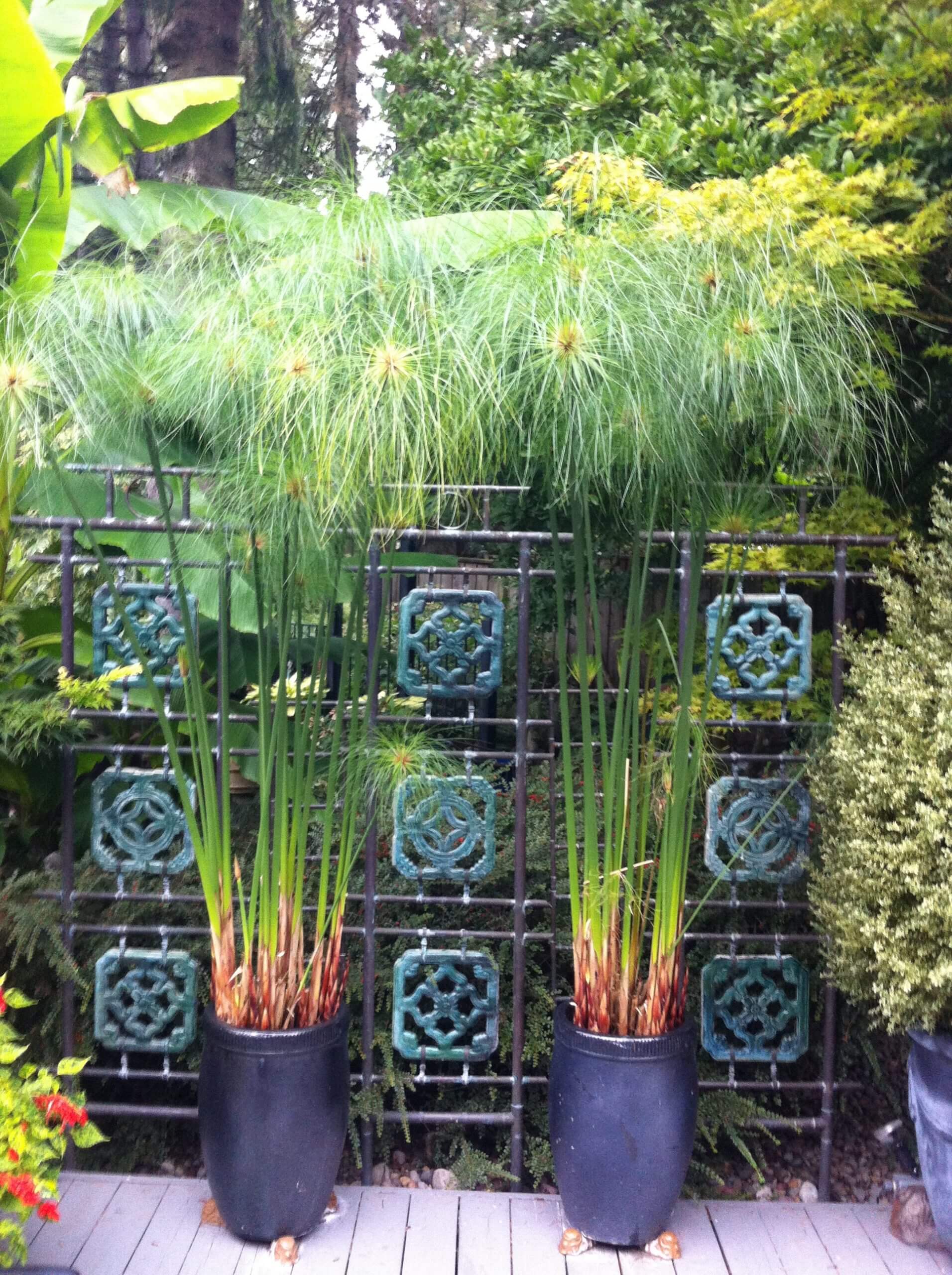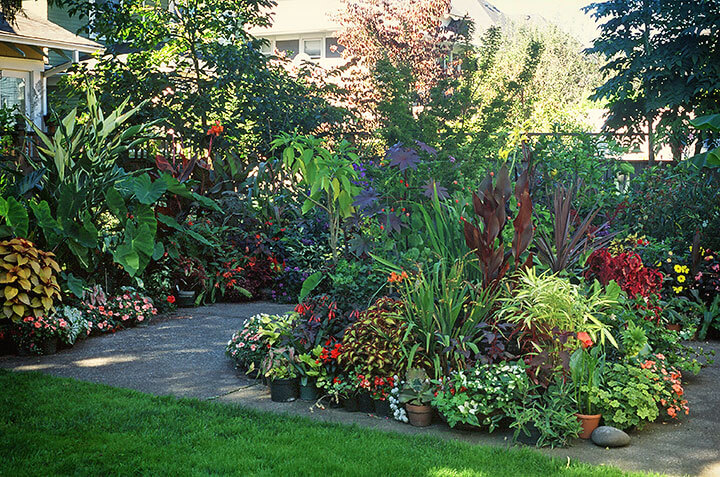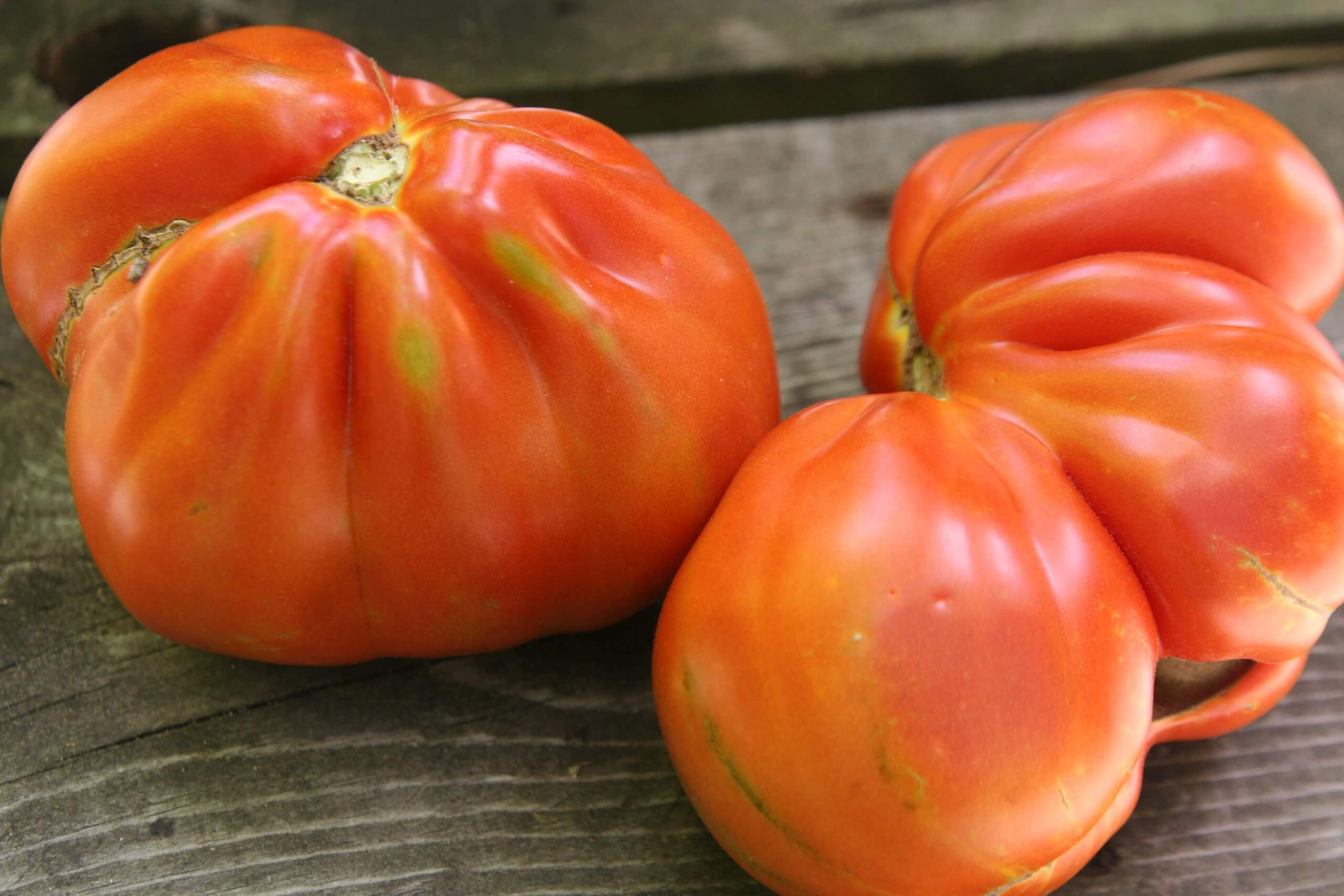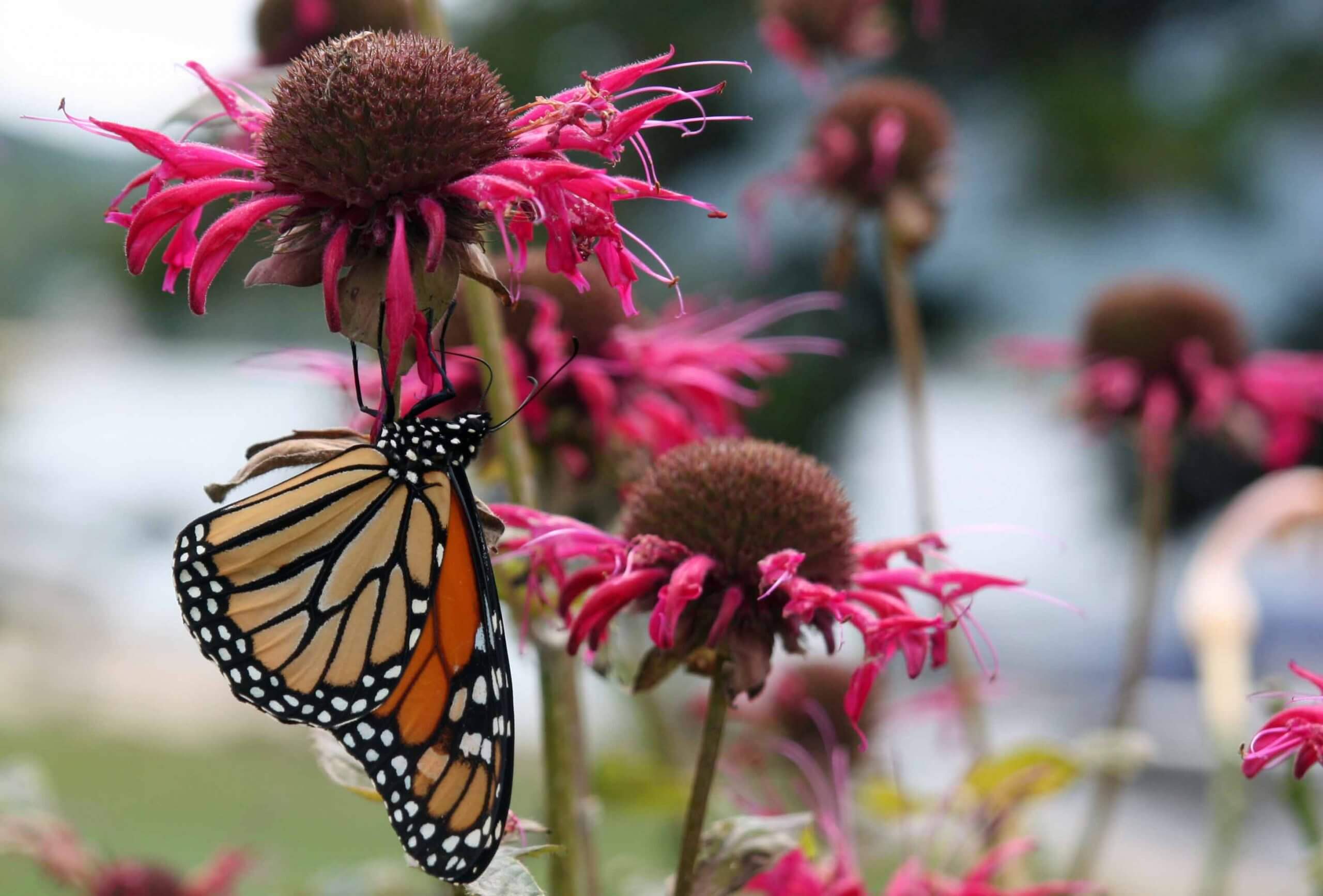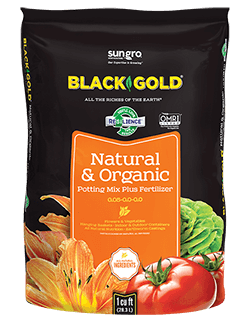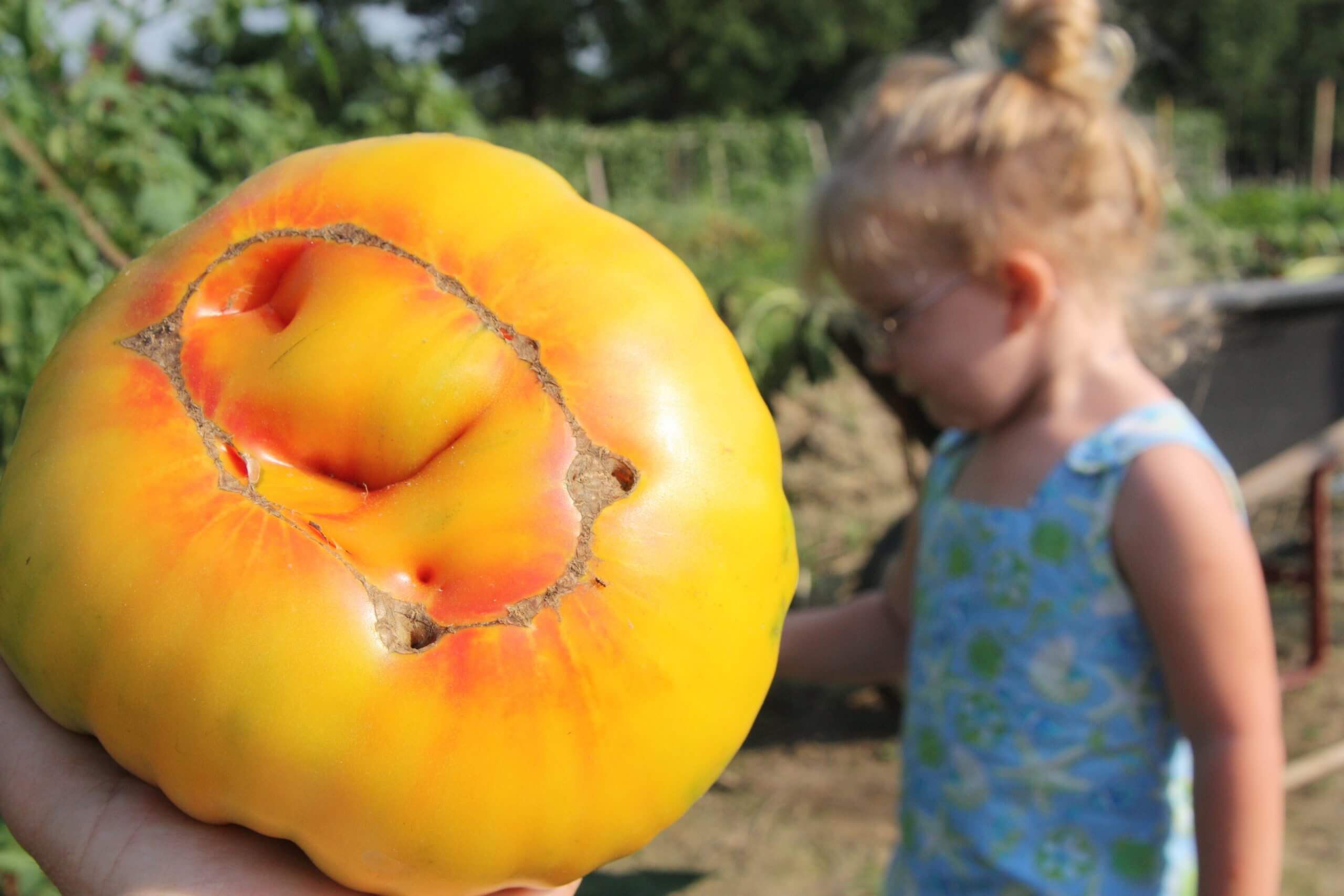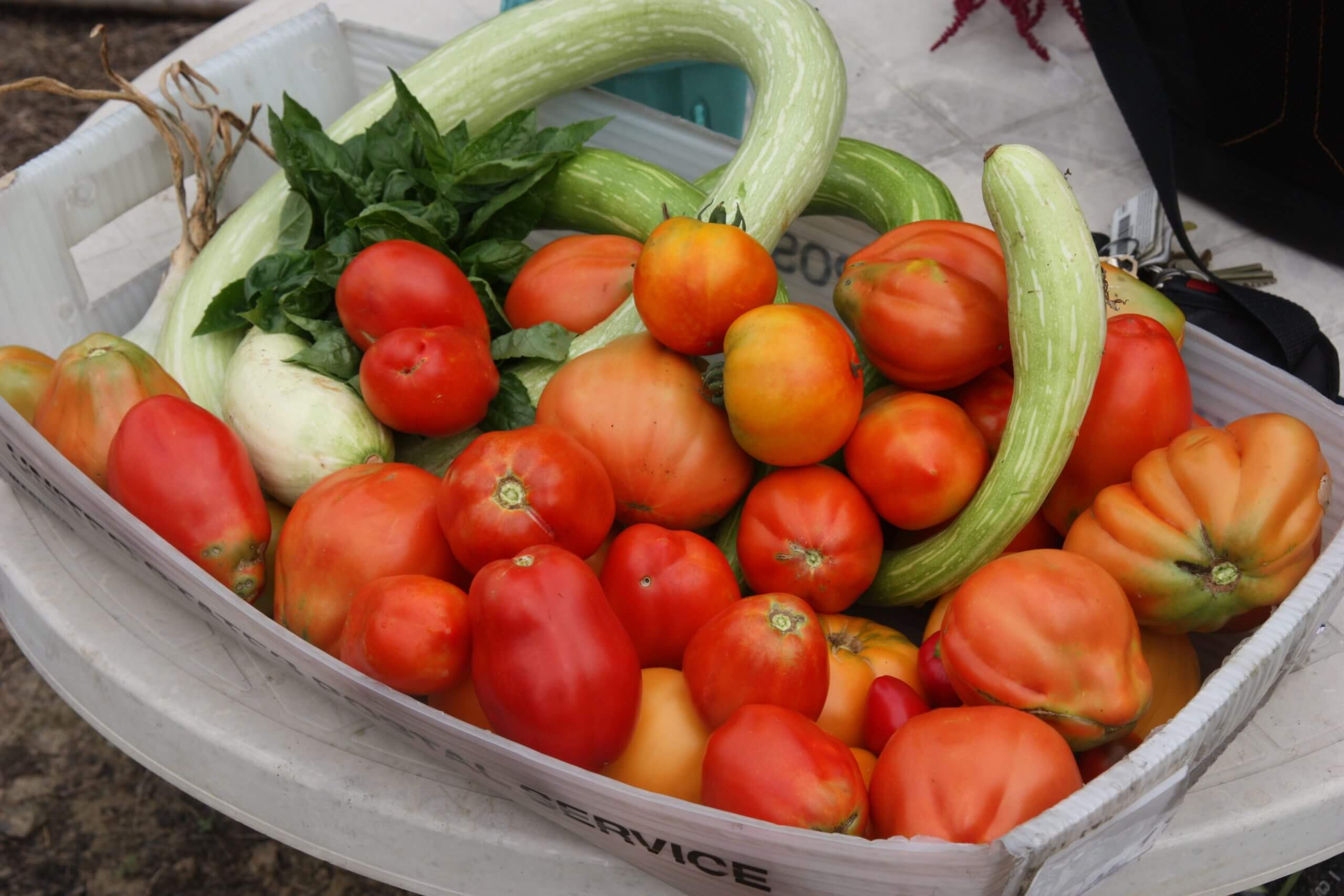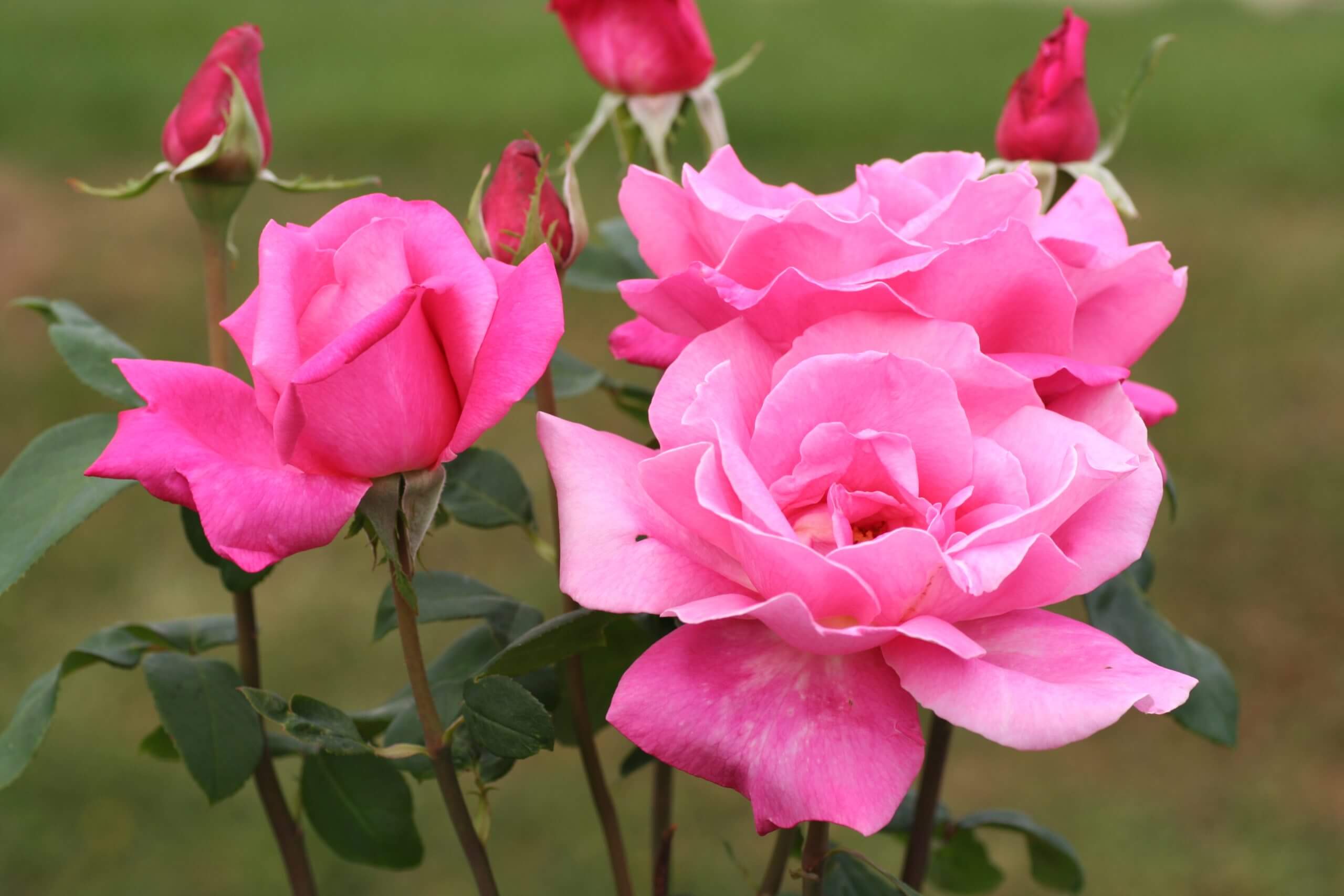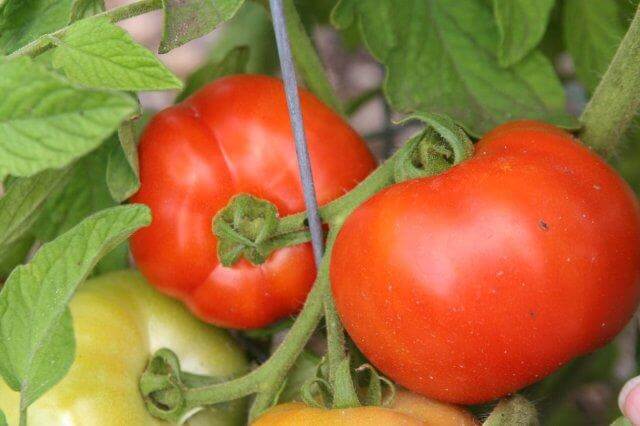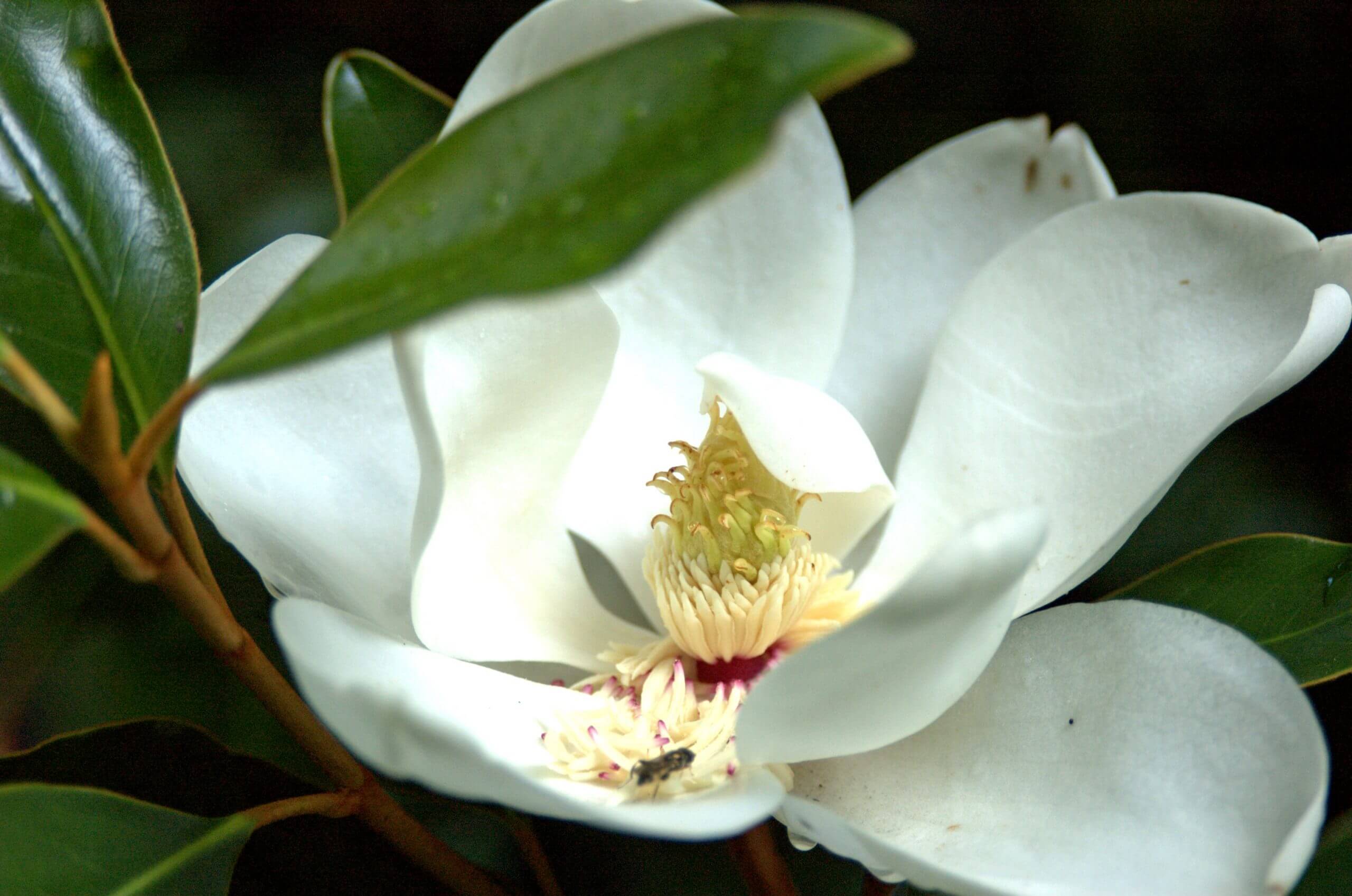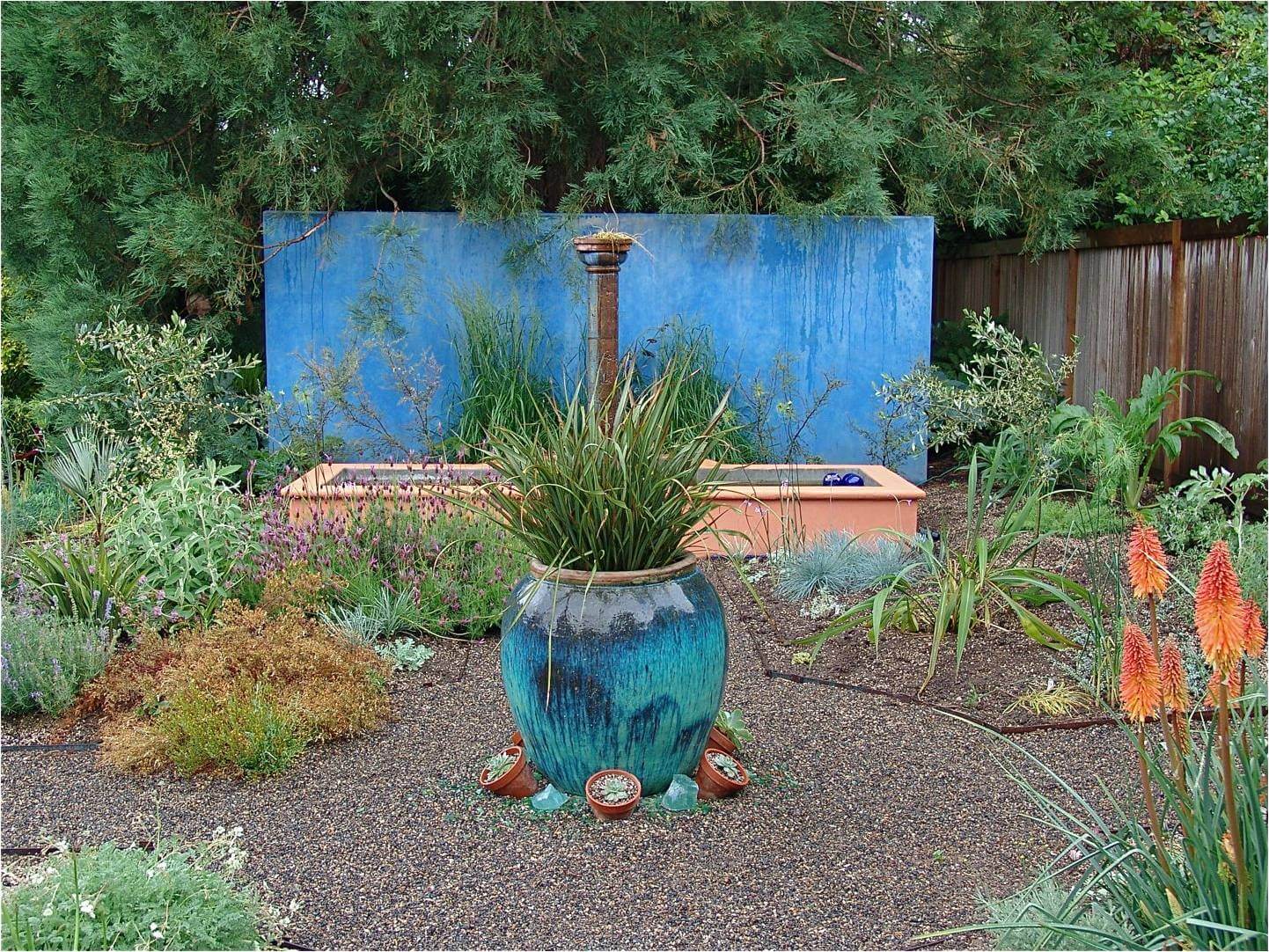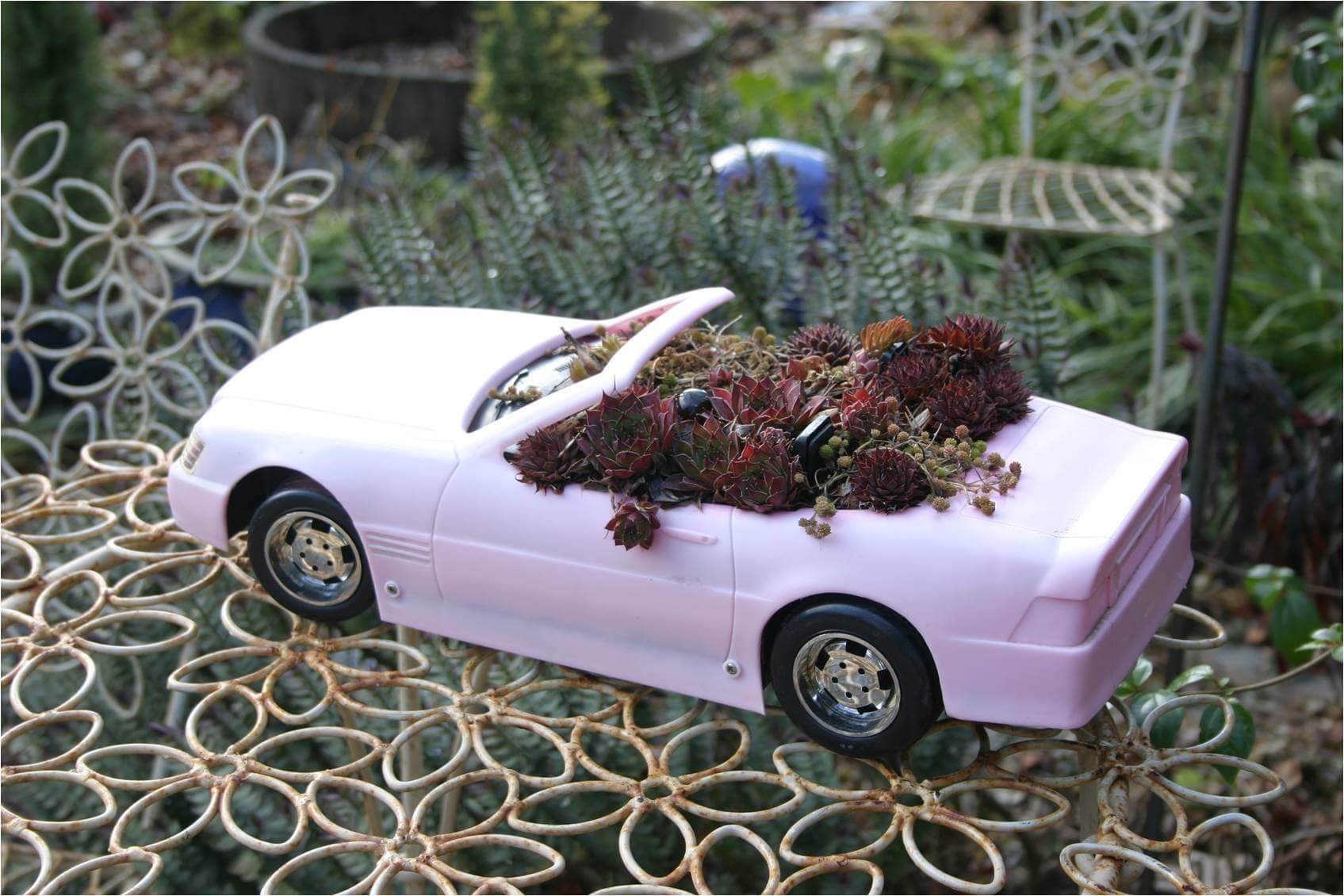
Spring is a good time for some general maintenance pruning on some trees and shrubs. If your rhododendrons have not been deadheaded, it should be done as soon as possible. I have to smile to myself when I use the word ‘deadhead’ as it is commonly used in garden lingo and many of us think everyone understands the meaning but that is not always the case. I once had someone ask me, very seriously, what exactly did I mean when I said ‘deadhead’! And when I paused briefly to consider the question, I could understand their uncertainty.

Deadheading Rhododendrons
To put the word in the context, deadheading rhododendrons means to remove all of the unattractive dead or dying flower clusters. If left on the plant, they will begin to produce seed, which takes energy the plant could be using for growth and vigor. Look closely at the flower cluster, and it will have a stem that attaches to the branch. The flower cluster should be cut or snapped off just above the junction where it meets the branch. Remove the stem carefully because at the base there will be one, or several, new leaf buds forming that will emerge as the present year’s new growth. Be sure not to cut these.
Rhododendrons can also be pruned hard if they have gotten too tall. Pruning after blooming is ideal. If pruning is delayed, the buds for next year’s flowers will develop, and pruning hard will result in few or no flowers the following year. If this has happened, and the plant needs to be pruned for height purposes, hard pruning should not harm the plant but don’t expect flowers.
Summer Rose Care
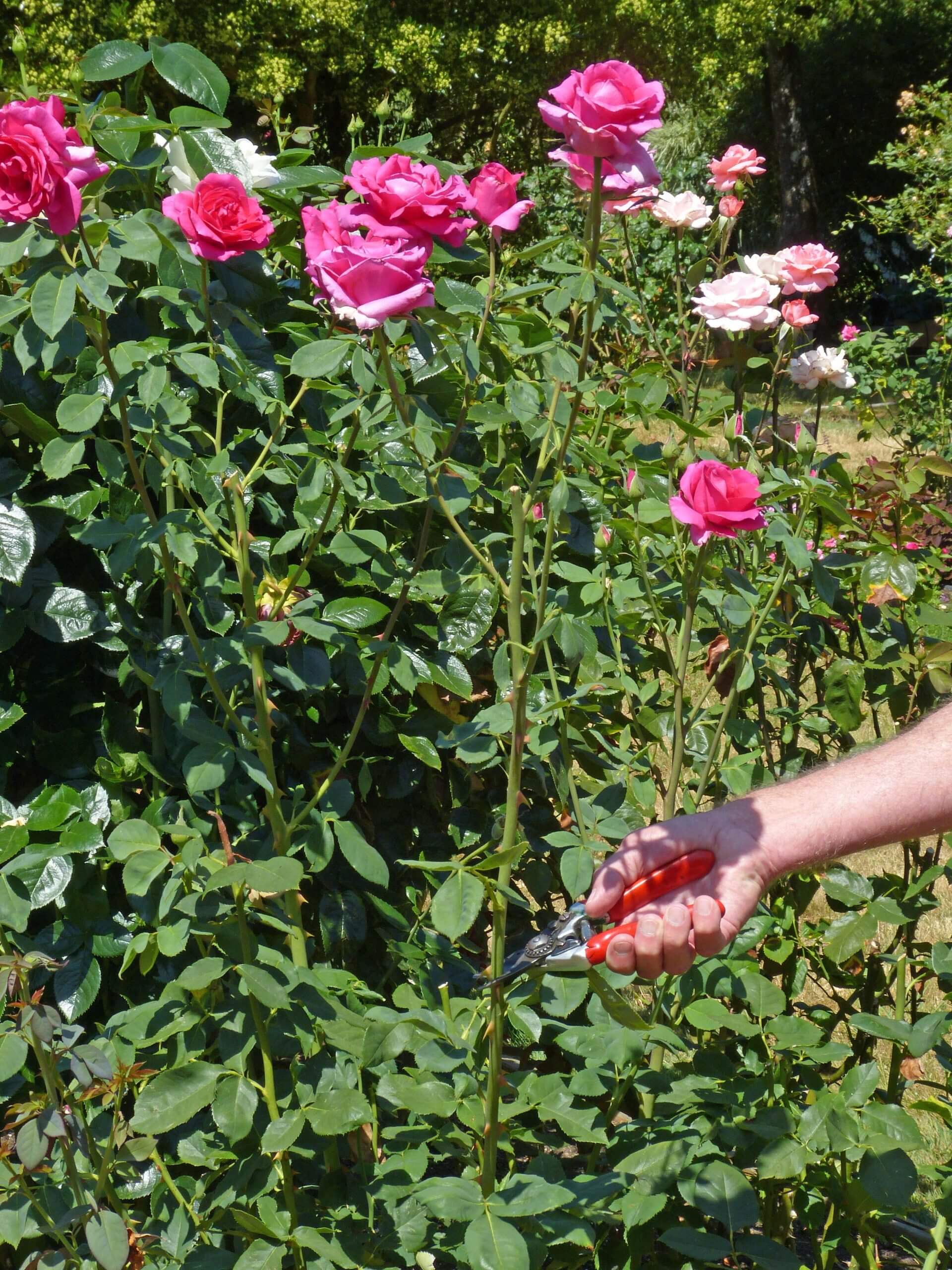
Hybrid tea roses often grow to six feet or more in one season, which is an unwelcome height in many gardens. It is easy to continually prune roses throughout the season, as flower stems are cut for arrangements, but this may not be enough. So, try cutting flowers and pruning at once. For example, if the desired rose height is four feet, go down the stem to the desired height when cutting a flower. Roses are quite forgiving, and soon new flower buds will follow. The advantage of pruning continuously throughout the season is that there will always be some bloom on some of the plants. We are growing roses for their flowers and everything we can do to encourage flower production and keep the bush the size we want is the ideal goal to strive for.
Pruning Trees & Shrubs in Summer
Sometimes I think it is easier to do spring pruning on deciduous trees and shrubs because it is easier to see what branches need to be removed. Once they have lost their leaves, it can be difficult to remember which branches were well placed and which were not. Home gardeners can also prune and shape spring-flowering shrubs, such as lilac, Korean spice viburnum, and daphne, once flowering has ceased. With shrubs like these, it is essential to prune just after they flower to ensure you don’t remove next year’s flowers.
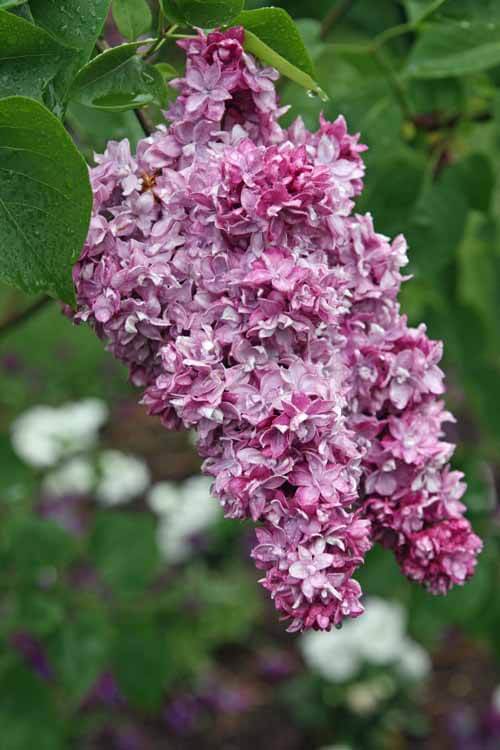
As we head into summer, we have been having some record high temperatures here in the Pacific Northwest with little rain. Many plants are suffering from these temperatures, but some techniques can help. It is not too late to add a mulch of Black Gold Waterhold Cocoblend Potting Soil, to help preserve soil moisture. Plants in pots will benefit from this as much as those in the ground. Try it. You will be surprised at the water-holding properties of this mix, and I think your plants will thank you.

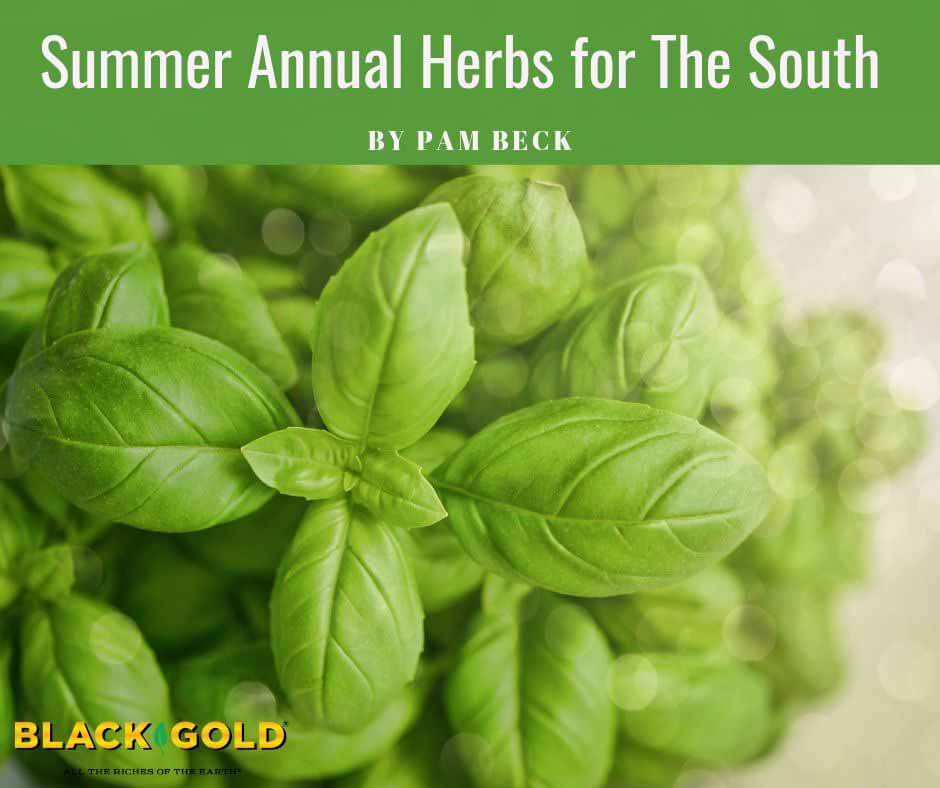





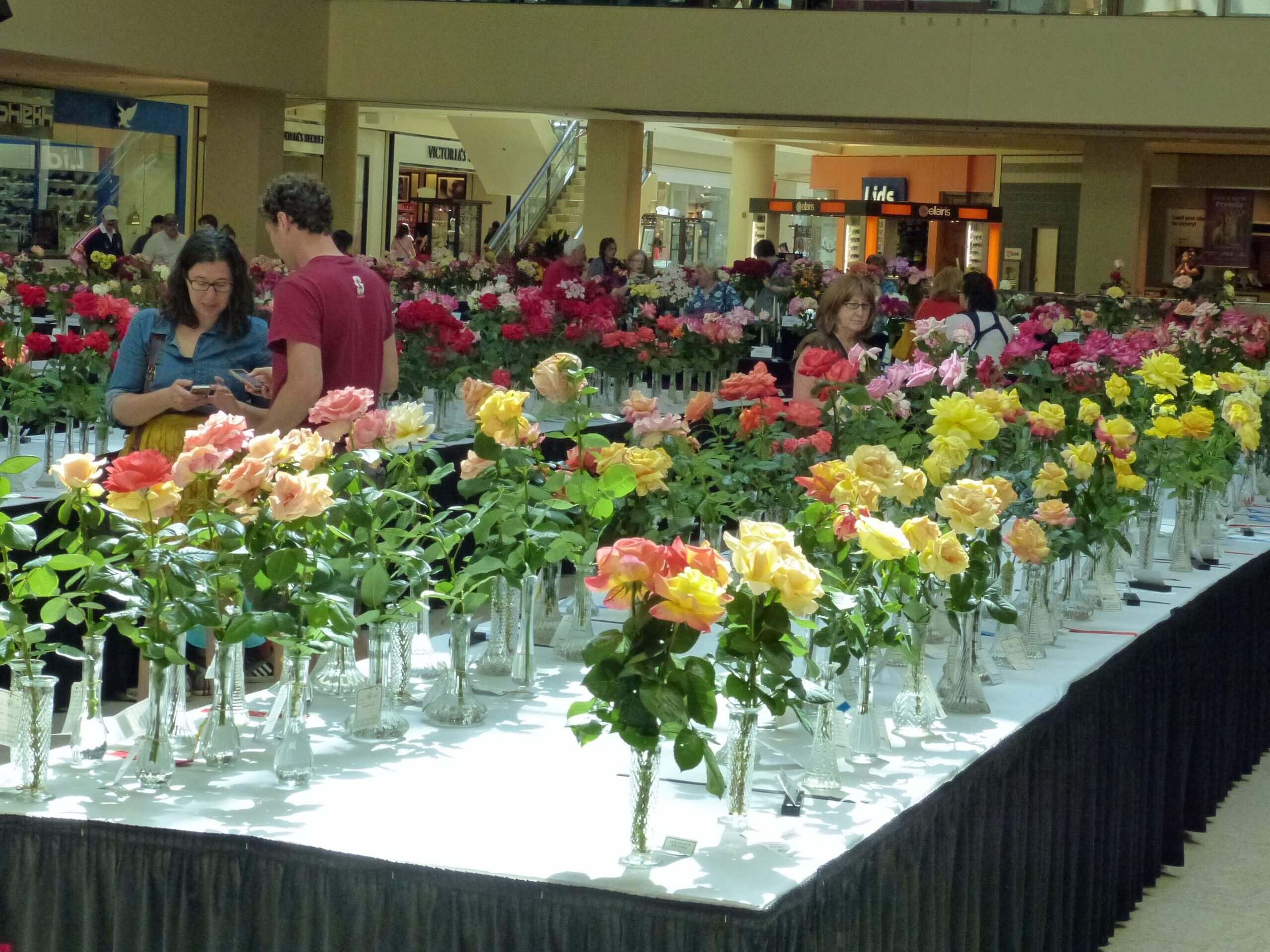
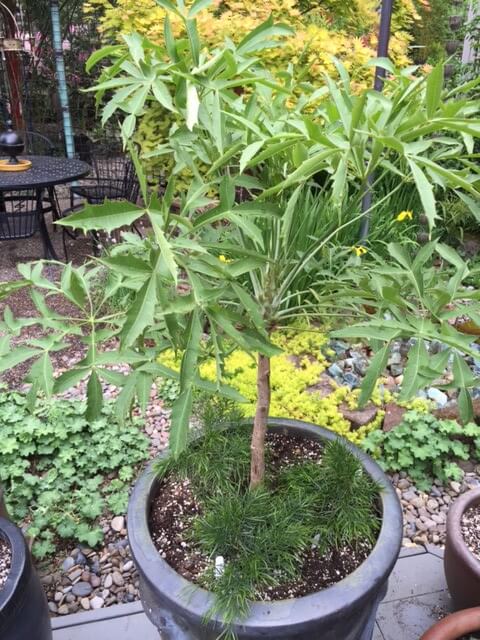
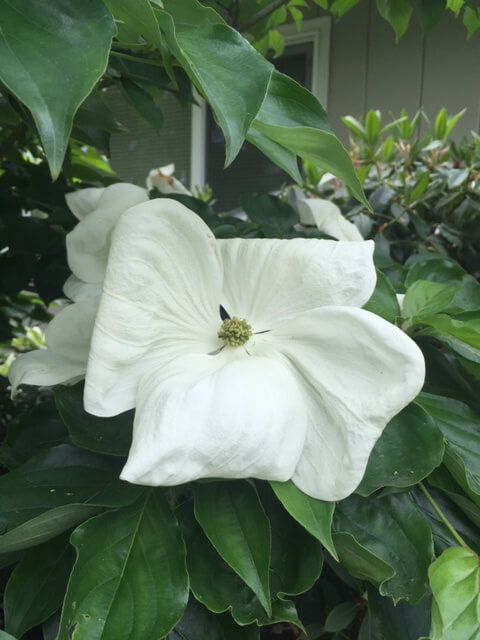
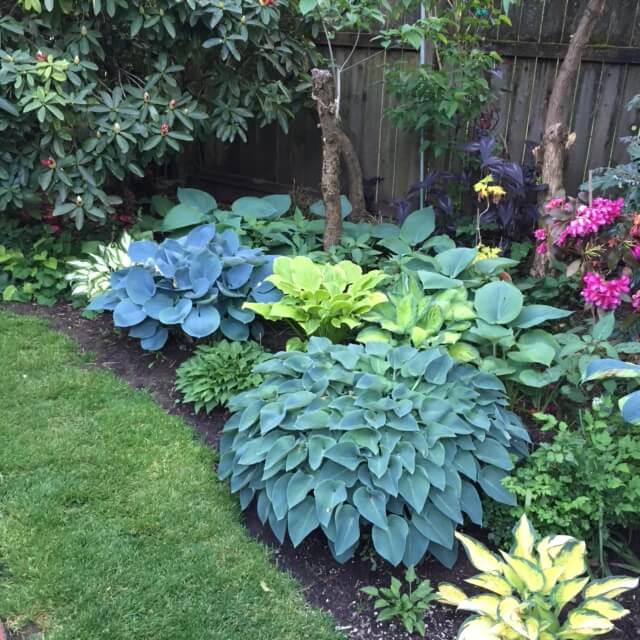

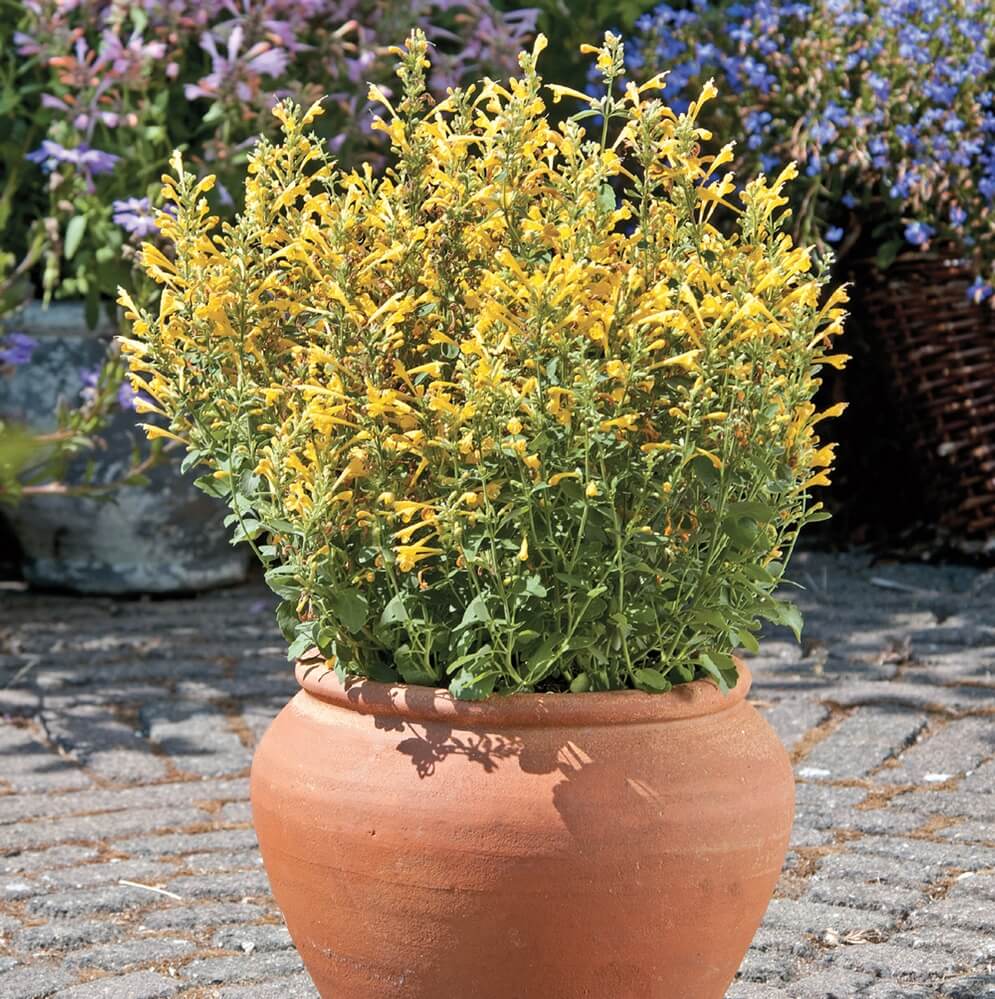
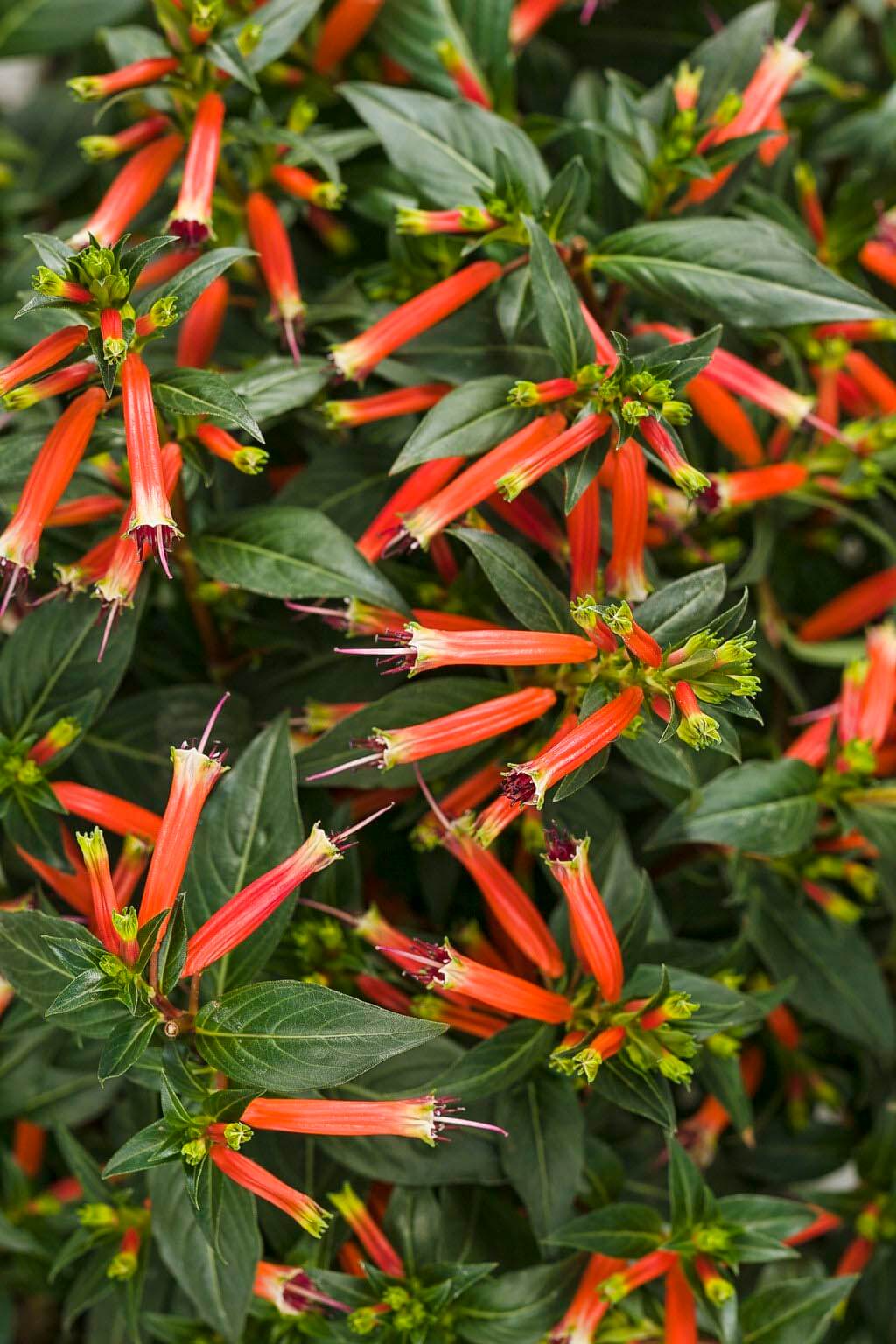


 Potting Bold Container Plants
Potting Bold Container Plants